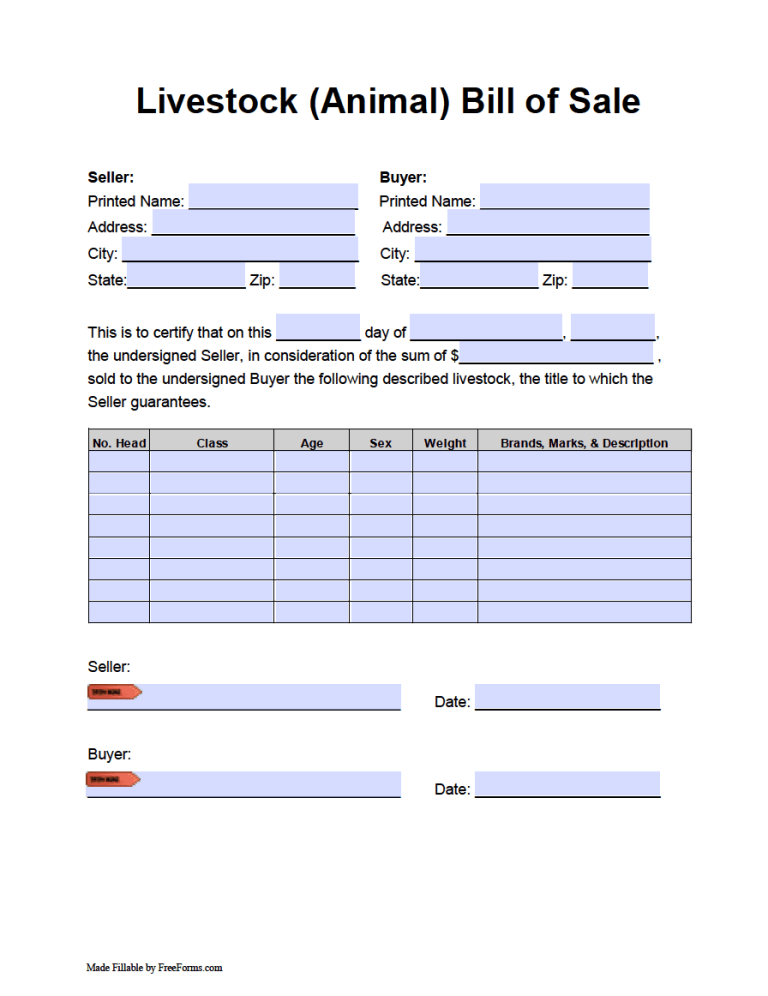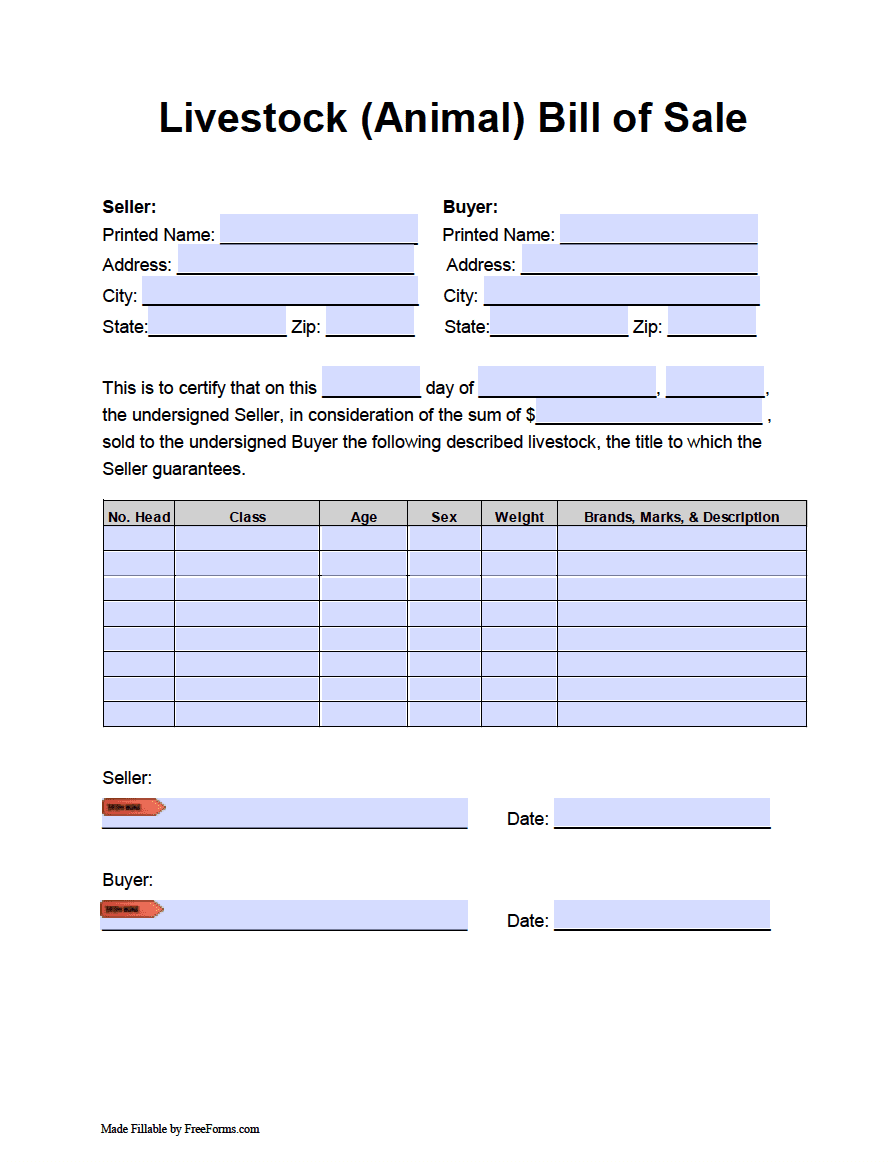How to Sell Livestock in a Private Sale
Livestock is considered personal property and is handled much like the sale of any other asset. The seller advertises the livestock for sale and hopefully is approached by an interested party looking to purchase the animals. The advantage of selling in a private sale is that you do not have to pay a percentage of the profit to a third party. Listed below are the measures that should be taken when looking to sell your livestock.
Step 1 – Calculating Price
How much is/are the animal(s) worth? This is a vital question to answer before you market your livestock to the community. Get a feel for the regional market by perusing local ads of similar animals and inquiring with other livestock owners. Once you have a general idea of the price range, think about starting high if you don’t mind holding onto the animal(s) until you get a substantial bidder. If you are in a rush, you may want to price the animal(s) on the low end of the average selling range. Some factors that affect the price include:
- Type of Animal
- Age
- Breed
- Weight
- Class
- Sex
- Health Status
- Overall Purpose
Step 2 – Advertising your Livestock for Sale
To reach potential buyers, you must notify the public that you have animals for sale. Advertising online seems the best option for selling your property, and livestock is no exception. Luckily, several reputable websites are specifically designed for the sale/purchase of livestock. The top ones are:
Here, you may create a post containing a description, listing price, and photos of the animal(s) that can be seen by all local visitors surfing the website. Be sure to respond to any messages from the website about the livestock for sale.
Step 3 – Preparing the Animal(s) for Sale
In anticipation of meeting with a prospective customer, you should prepare the animal(s) for sale. Depending on the type of livestock, certain animals should be groomed and prepped before showing. Also, gather any paperwork related to the animal(s) being sold, such as registration papers, medical records, and 2 copies of the bill of sale. Collect any equipment you would like to include in the livestock sale if applicable.
Step 4 – Executing the Transaction
Hopefully, if your livestock is advertised well and priced accordingly, you will receive a request from a possible buyer wanting to see the animal(s) in person. Designate a safe time and place to show your livestock to the interested party. When they arrive, indicate which animal(s) is/are for sale and clarify any questions or concerns they might have. If they are content with the condition of the animal(s), they will probably present you with an offer. A lot of times a buyer will try to get a reduction on the listed price, it is your decision whether or not you accept or decline the bid. Once both parties have settled on a price, they must discuss how the exchange will occur. As a seller, the best payment options would include:
- Cash
- Certified or Cashier’s Check (meeting the purchaser at his or her bank to cash the check is considered a good measure to ensure its authenticity)
- A reputable online payment service, such as PayPal.
Once the payment has been made, each party should receive a copy of the bill of sale, and the seller shall release their ownership rights to the buyer. (This is considered a common courtesy to help the buyer prepare the animal(s) for transport.)



